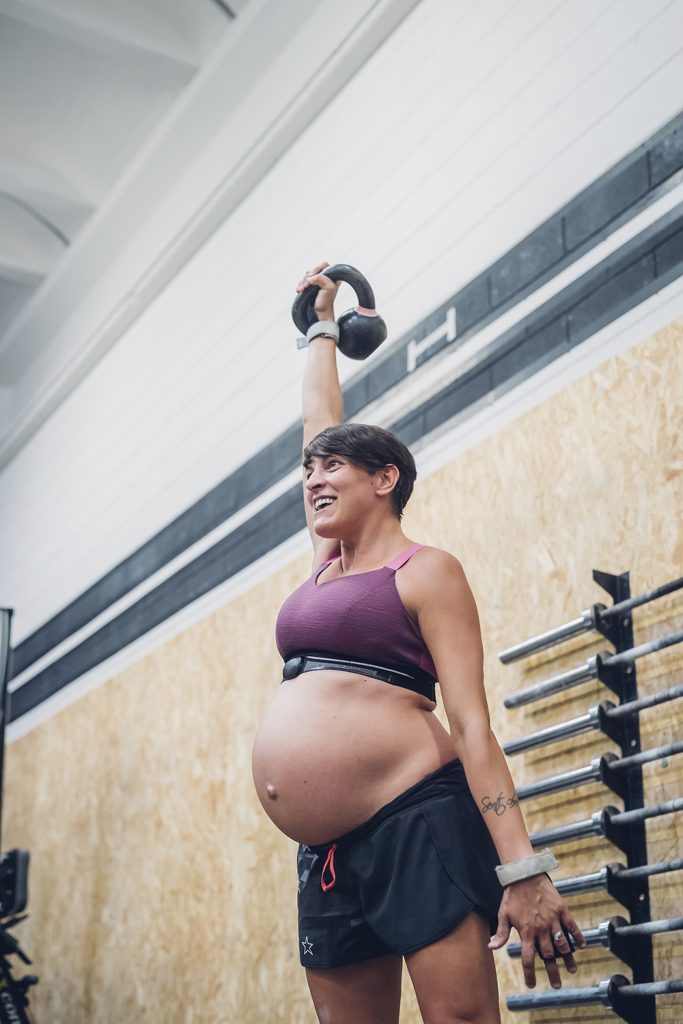Meagan Martin, Shauna Coxsey, Emily Harrington, Paige Claassen, and Beth Roden, accomplished professional rock climbers and mothers, have shown that the female body is capable of incredible feats, including climbing during pregnancy. Their experiences prove that you, too, can climb while pregnant, empowering you to continue pursuing your passion.
Before you embark on your climbing journey during pregnancy, it’s crucial to consult your doctor. This article is not a substitute for professional medical advice but a guide to help you understand what is safe for you and your baby. Your health and safety are our top priority.
Suppose your doctor has cleared you to continue exercising—fantastic! While most of your climbing and training will remain the same, there are a few modifications you may choose to make as you continue climbing while progressing through your pregnancy.
Climbing While Pregnant – Top Things to Keep in Mind
Be Smart with Taking Falls on Boulder
Bouldering can have a high impact, even for the fittest and strongest climbers. A cushioned landing only goes so far when falling 12-15 feet, sometimes uncontrolled. You’ll want to be careful bouldering to minimize unnecessary risk and impact during pregnancy. However, that does not mean you can’t boulder. Instead, opt to incorporate the following:
- Stay low to the ground! Traversing is your friend.
- Downclimb wherever possible.
- Steer away from dynamic or coordination moves with a high likelihood of taking an intense fall.
Implementing these strategies may mean adjusting the difficulty of your climbs. But remember, this is not a setback. It shows your strength and commitment to a healthy, safe pregnancy. Be proud of yourself for balancing your love for climbing and your baby’s well-being.
Opt for Top Rope
You can opt for top rope if bouldering feels too risky or challenging as your body changes.
Rope climbing is accessible at any point during your pregnancy. Opting for top rope, in particular, will help minimize risk compared to lead and allow you to try more challenging climbs.
Lead falls have a higher impact and can potentially jar your body (and baby). As your pregnancy advances, you’ll also want to invest in a full-body harness, which provides more support for your midsection and back.
Hangout with the Hangboard
Hangboarding is often part of a climber’s routine, whether for a workout or a finger strength session. It is also a controllable, low-risk way to keep your tendons and forearms in shape. Depending on the height of the board, you can always modify and reduce the load on your fingers by placing your feet on the ground or a chair.
You can also opt to forgo hanging and use a force gauge or portable hangboard. Both options
allow you to control the load and remain standing while conditioning your fingers and tendons.
Lean into Strength Training

Focusing on strength training is a great way to stay in shape throughout your pregnancy if you feel limited in how much you can climb. Focusing on key areas like your core and upper body will extend beyond the climbing wall and into your newfound role as a mother.
Barring professional medical advice, rock climbing while pregnant is 100% possible. The biggest thing to remember is the risk level and minimizing the risk. Bouldering is inherently the highest risk, but it can be feasible with modifications. Top-roping with a full-body harness is easily accessible and significantly lower risk, as is general strength or finger training. Enjoy the process of learning what your changing body can handle, and have

Recent Comments